LOS ALAMITOS, Calif. — Plastic waste has been slowly suffocating the planet since plastic’s conception, and people know it. They put down plastic straws in favor of paper ones, shun individual packaging and bring reusable totes to the grocery store to keep single-use plastics out of landfills. Yet, personal responsibility has not been sufficient to protect the fragile environment from enduring plastic waste. In California alone, over 12,000 tons of plastic waste enter landfills every day, about 0.5% (around 60 tons) of which end up in oceans.
Californians, however, are one step closer to a less plastic-dependent world in the wake of Governor Gavin Newsom’s passage of landmark legislation on Sept. 22; a total ban on plastic bags in grocery stores.
By Jan. 1, 2026, grocery stores will exclusively offer shoppers paper bags. The state will then join the 11 others with statewide plastic bag bans, something long in the making for California citizens.
Previously, Newsom enacted Senate Bill 270, which did not ban bags altogether but forbade thin plastic bags. In response, corporations switched to bags made of thicker plastic, which they argued were more recyclable. This subsequently caused a 47% increase in plastic waste overall, as noted by educational community Plastics Today. With the new SB 1053, Newsom closes the loophole and aims to create a greener future for Californians.
A month after its signing, the bill’s terms have received little attention overall, and often news focuses less on the benefits of banning plastic in favor of communicating the bill’s basics. It’s commonly known that plastic does not biodegrade, thus lingering in the environment for extended periods, yet the impacts of plastic bags specifically are equally important to address.
When ultra-lightweight plastic bags are carried to the ocean by wind or rain, they pose a major threat to sea life.
“Many juvenile sea turtles will actually eat jellyfish… but many times they see these plastic bags and think that it’s a jellyfish,” said Los Alamitos High School junior and Aquarium of the Pacific volunteer Paige Oleson Hardy.
These include the endangered leatherback sea turtle, whose population is already steadily declining. When turtles eat plastic, the material lingers in their stomach, giving them the illusion of being full and preventing them from eating enough nutrients. Without strong action to prevent plastic waste in the ocean, we would continue losing these valuable species and the ecosystems they support.
Even animals that are too small to consume whole plastic bags are impacted. When plastic enters the ocean, it’s slowly eroded by the water and becomes tiny pieces known as microplastics, just the right size for small sea creatures like fish to eat. The toxic chemicals in the plastic build up as the animal eats more of them, in a process known as bioaccumulation.
“That microplastic that’s been broken down is really hurting the fish… it messes up their cells,” Oleson Hardy said.
Fish that survive the microplastic chemicals will be eaten by another organism above them on the food chain and so on, with microplastics accumulating more and more as they eat more tainted food. This is the process known as biomagnification, where microplastic and chemical concentration per organism increases up the food chain. The larger fish toward the top of the food chain end up being the ones people eat; and the fish with the most microplastic-borne chemicals per body mass.
Microplastics contain many familiar “forever chemicals” that don’t degrade naturally in the environment, such as phthalates and BPA. These substances are not only toxic to sea life but are known to be endocrine disruptors, or chemicals that interfere with human hormones. By mimicking growth and sex hormones, people can suffer infertility, neurodevelopmental issues and even hormone-related cancers.
And the harm doesn’t stop there. Because microplastic-borne chemicals like BPA are known to linger in fatty tissues and cross both the blood-brain and placental barriers, they can likely cause persistent health effects to unborn children. This is apparent from over 11 studies reviewed by the National Library of Health.
“They’re starting to find microplastics in humans,” said LAHS AP Environmental Science and Chemistry teacher, Mr. Lee. “They did a study with pregnant women where they’re starting to find those plastics in the bloodstream.”
Therefore, the more plastic waste that decays into microplastics, the more likely it is that future generations will experience genotoxicity, chronic inflammation and autoimmune problems associated with them, according to The Unwrapped Project. Humans don’t exclusively take them in by consuming fish; microplastics are found in tap water, bottled water packaged in plastic bottles and even in the air, as a result of aerosols from ocean wave action and evaporation carrying them away.
Since it’s a great way to prevent plastic ingestion it is evident that banning plastic grocery bags is a powerful first step in protecting the planet from plastics that refuse to degrade. However, according to the existence of a plastic-centric infrastructure, it isn’t possible to phase out plastics entirely.
“Paper can’t be used for every single thing, sometimes plastic needs to be used,” said LAHS junior Willow Bremser, an Aquarium of the Pacific volunteer.
Plastic is, indeed, an important component of food safety, increasing shelf life and protecting against contamination. However, the plastic bag legislation and similar bans help by helping remove non-essential plastics from the waste stream, preventing microplastic health issues. These can be replaced by compostable, highly renewable packaging like paper bags or biodegradable fruit packaging, or slowly overturned in favor of recyclable plastic bags.
However, recyclable plastics can also be a struggle; Californians often face roadblocks with recycling. Not all plastics are recyclable to begin with, not all infrastructures support large-scale recyclable collection, and industries don’t profit enough from it to implement it large-scale. Not to mention the ease with which plastic recyclables are contaminated with materials like food or paper, rendering them unrecyclable. As Newsom introduces more environmental legislation, including a bill requiring textile recycling, it may be valuable to consider recycling as a supportive measure for keeping plastic out of landfills.
In the meantime, aside from encouraging citizens to recycle and choose reusable products, the California government uses older legislation to slow the use of plastic bags. Specifically, stores charge shoppers 10 cents per bag, attempting to financially incentivize reusable shopping bags. Yet, while this aims to change how we view our products, it’s still far from comprehensive.
“We have to get rid of that culture of single-use plastics, which is a big thing, including those plastic bags,” Mr. Lee said. “But the convenience of it — people are starting to weigh that.”
It is ultimately the lingering culture of convenience, not only the one of single-use plastic, that is keeping Californians from decreasing their plastic waste. It’s something that through education, incentivization and cooperation from industries, it is necessary to dismantle.
Finally, let’s address the issue of corporate attitudes; if it’s not profitable for businesses to promote recycling, how will citizens determine if they’ll do their part or not?
“I don’t know (if they will). I hope they do — I feel like they should,” said LAHS junior Amalia Berthon. “I don’t think taking away plastic bags will make it any worse for them.”
It’s evident that to help reduce plastic waste, it will take citizens like Berthon who support doing so, work from Newsom’s bill and the legislation to come, and corporations finally prioritizing environmental protection over avoiding a neutral profit out of self-interest. Thus, as month after month passes since the landmark SB 1053 bill, it is necessary to keep its goals in mind as Californians do their part to keep plastic wastes out of their oceans, air and food and hope that plastic producers and distributors follow suit.
Correction: Correct spelling of Amalia Berthon’s name updated Oct. 28, 2024

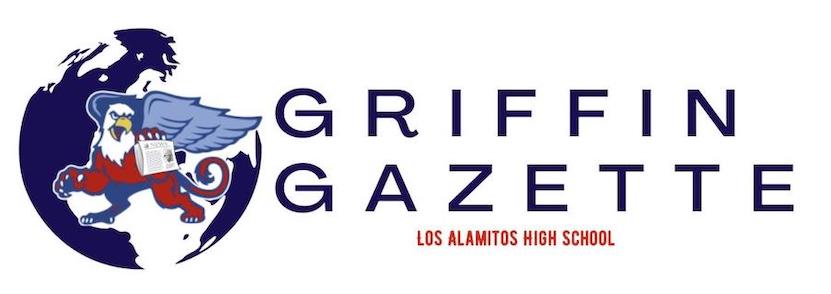
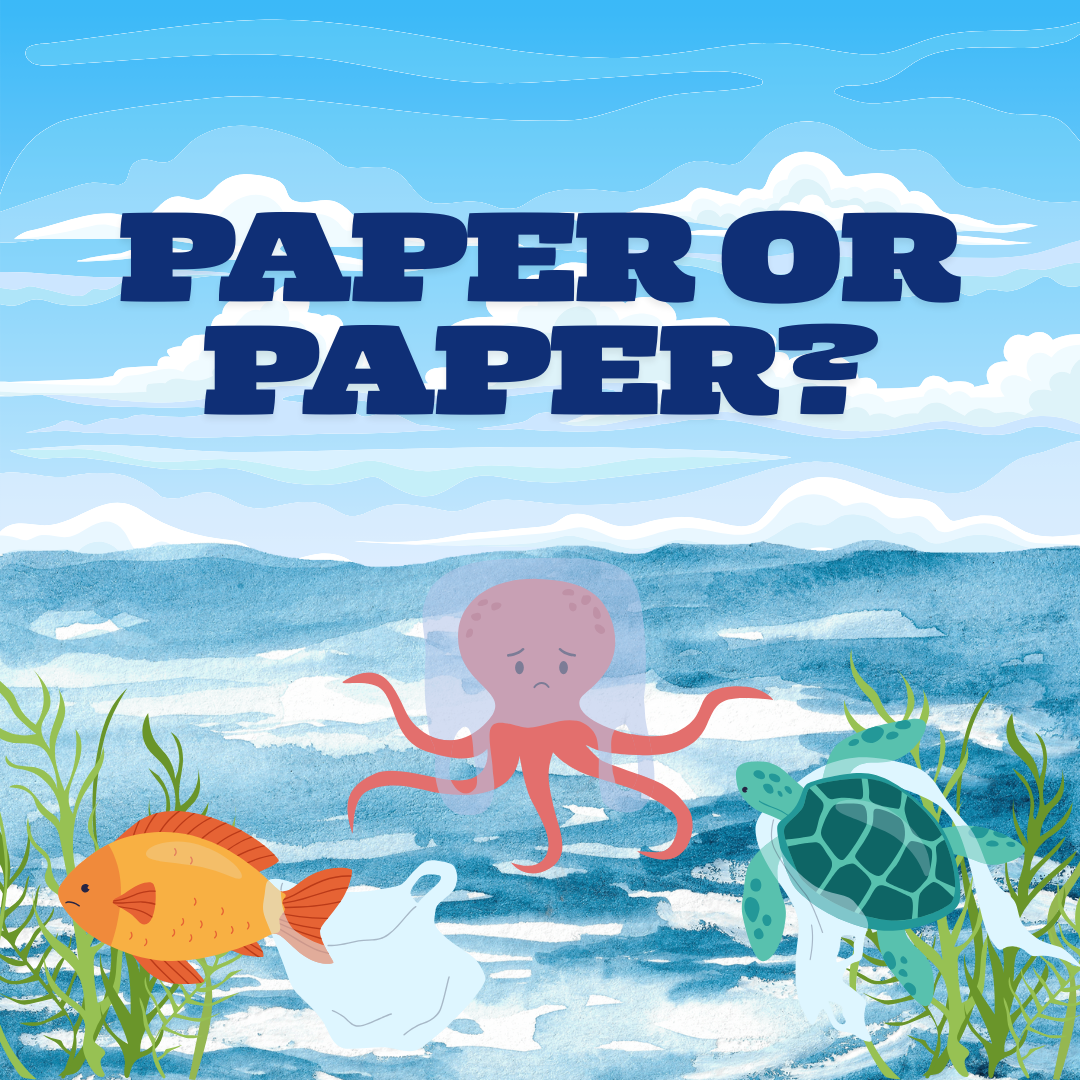
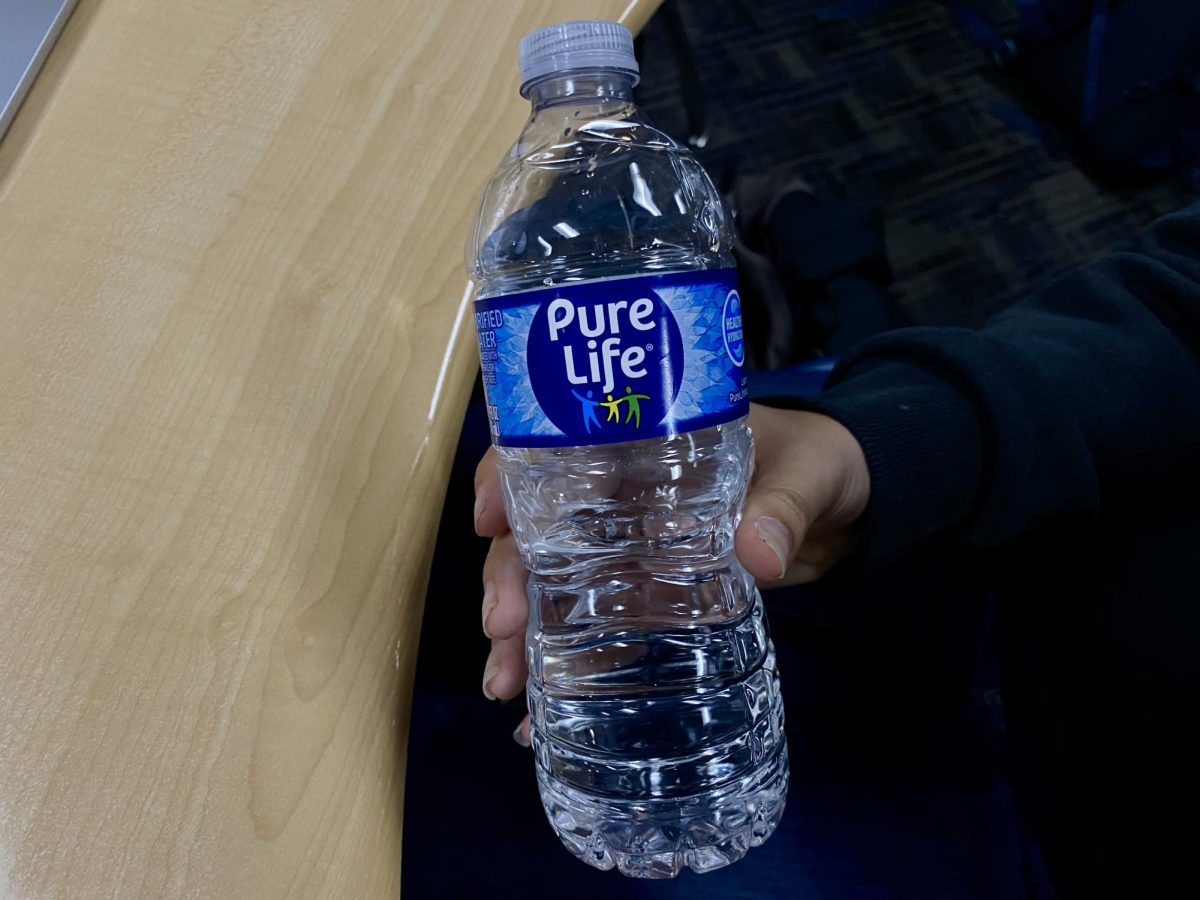


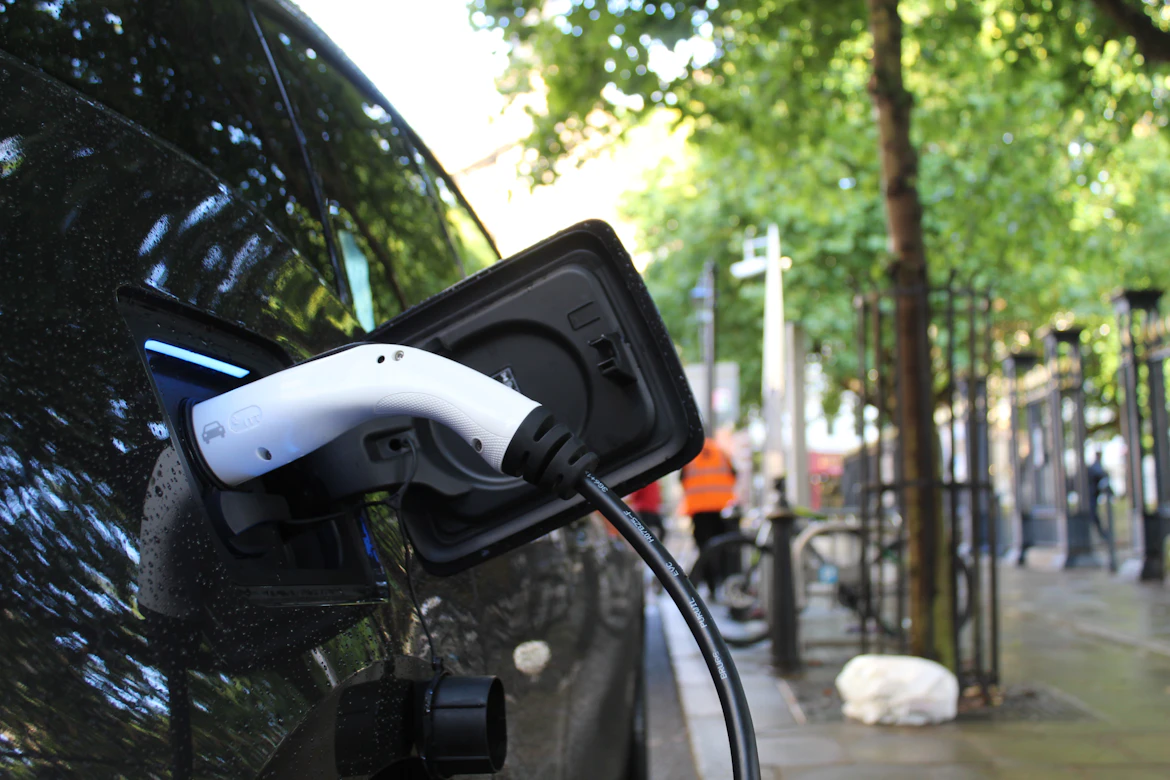
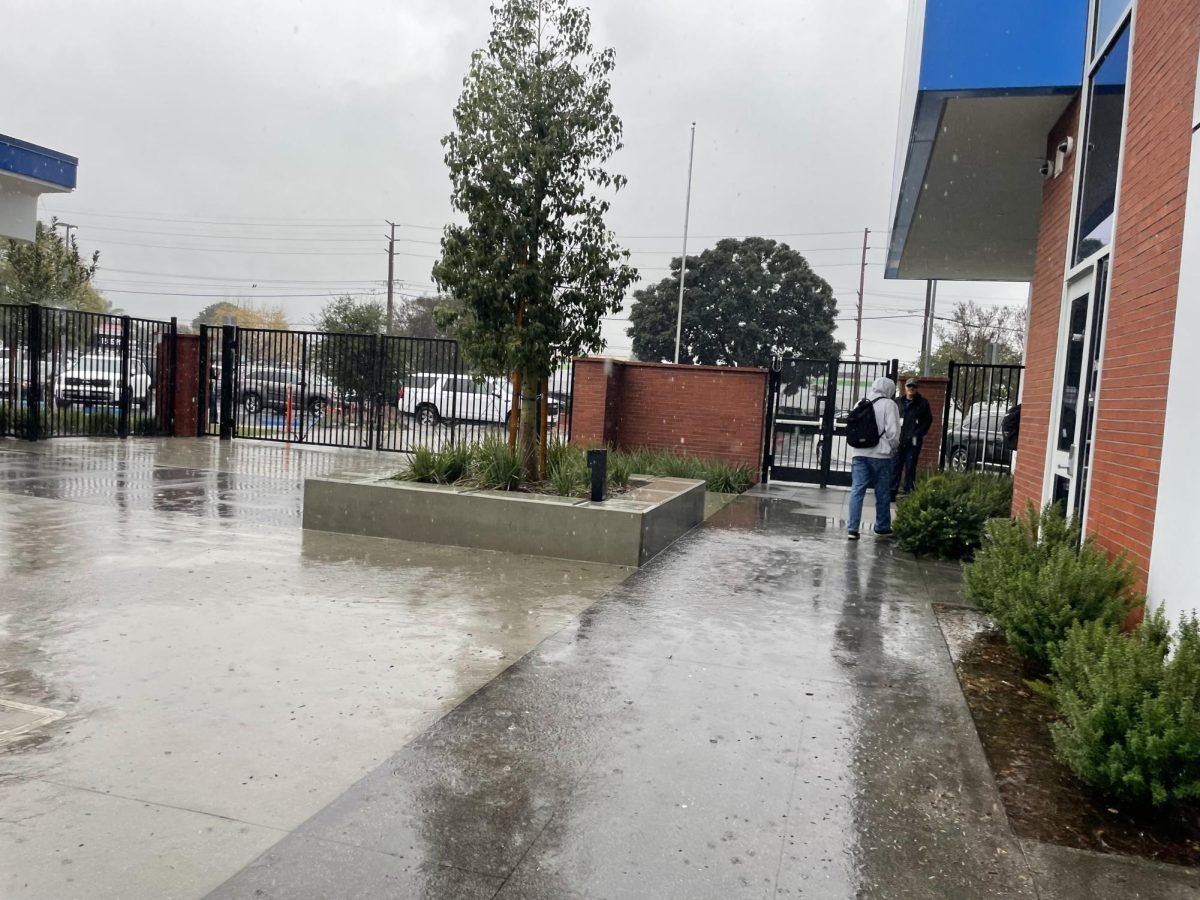
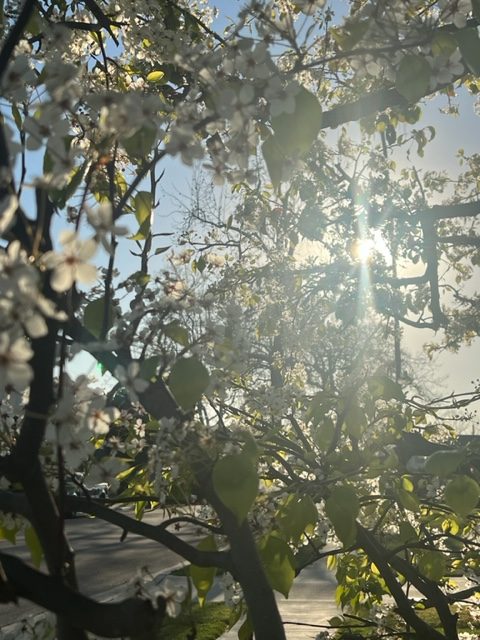

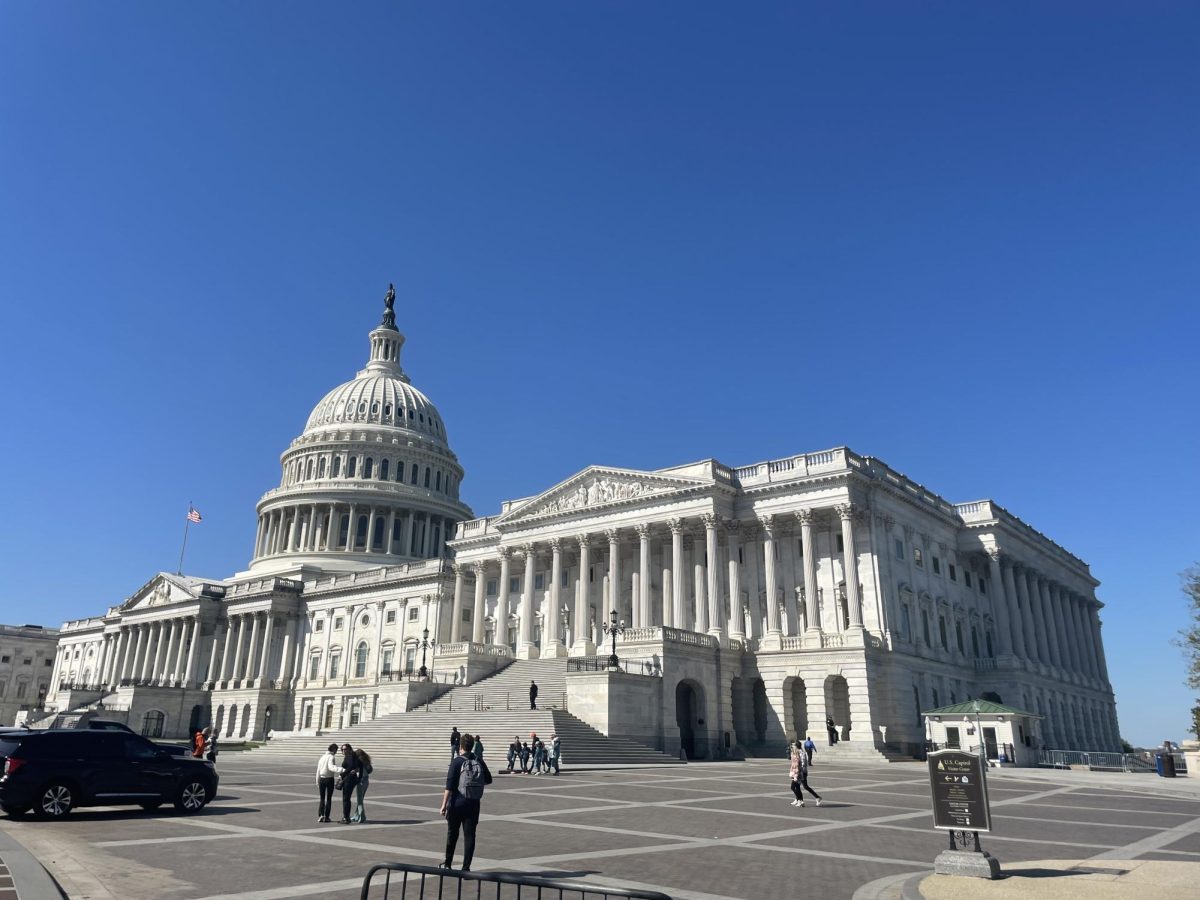


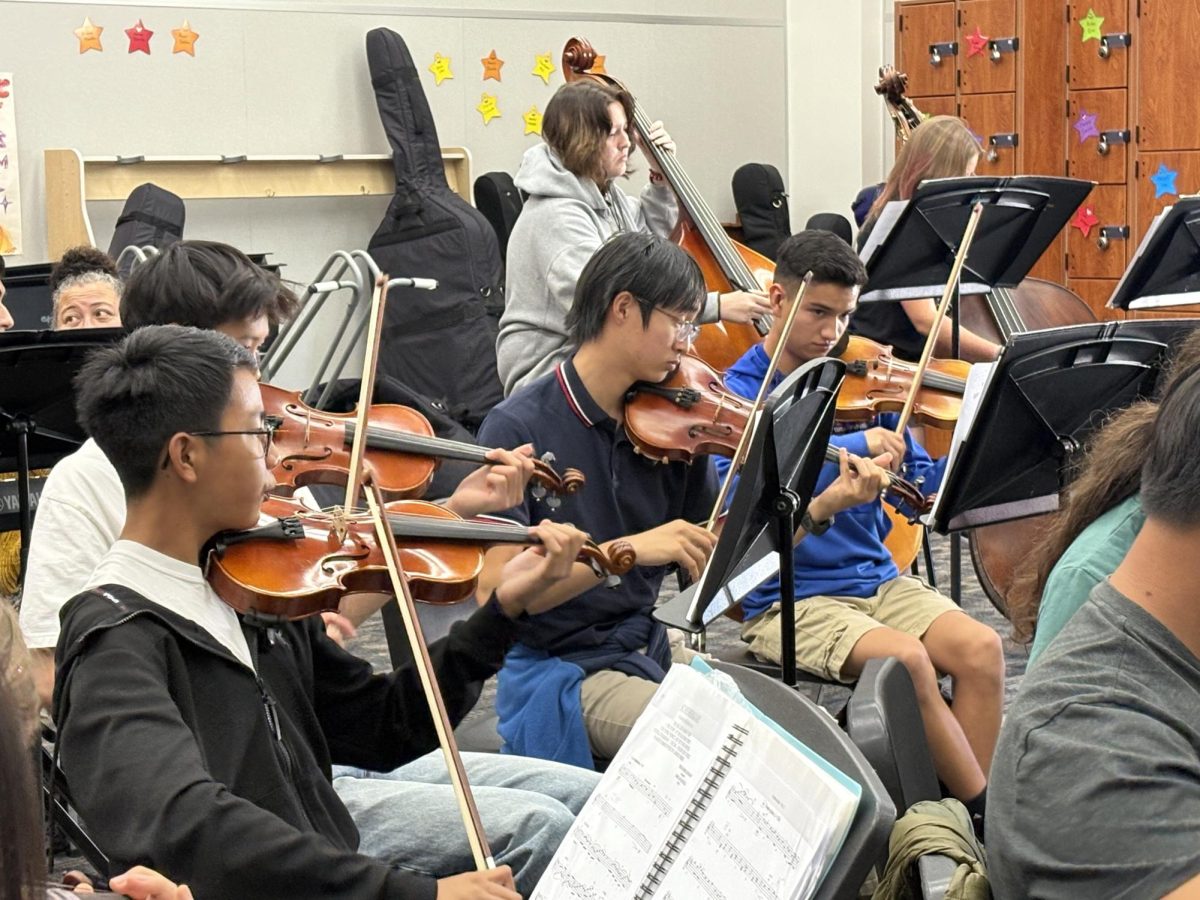
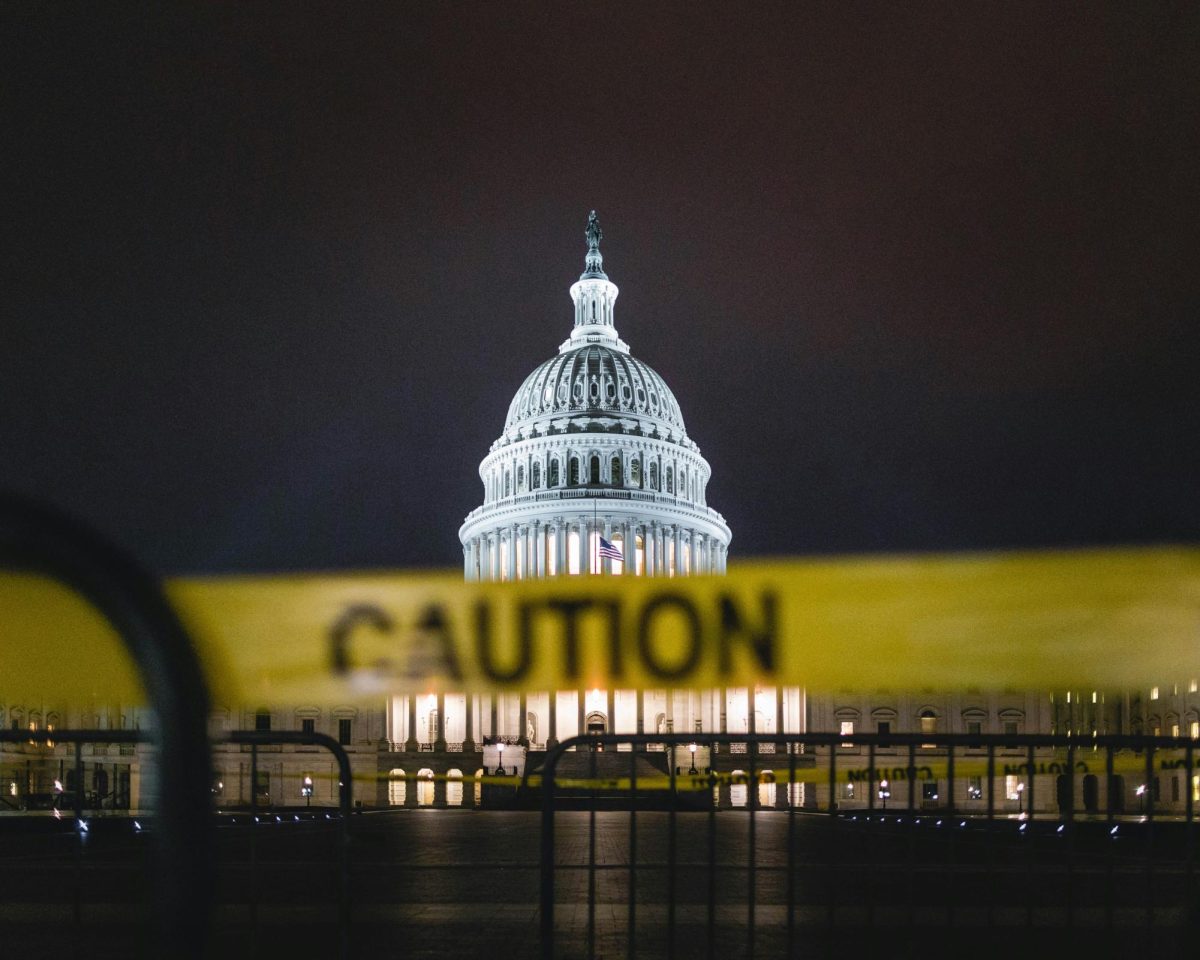

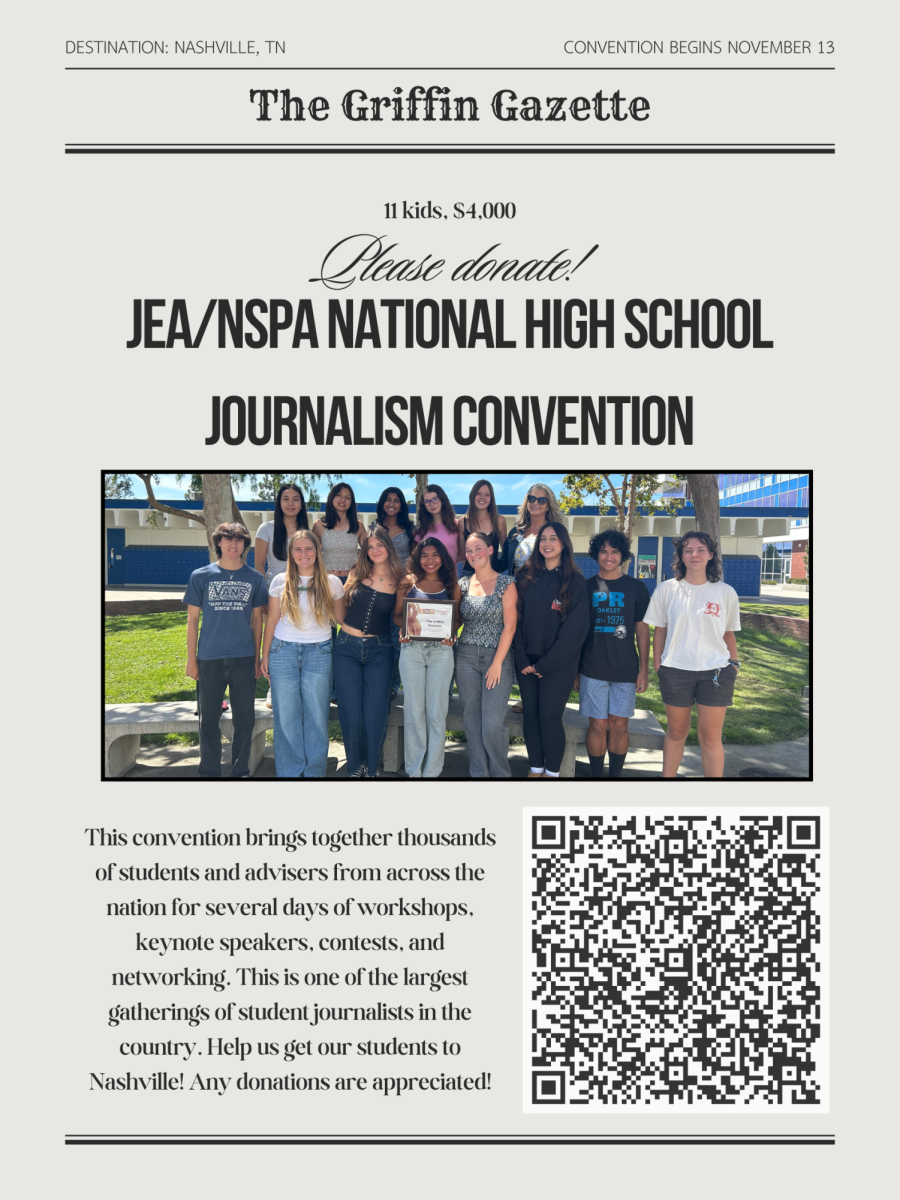
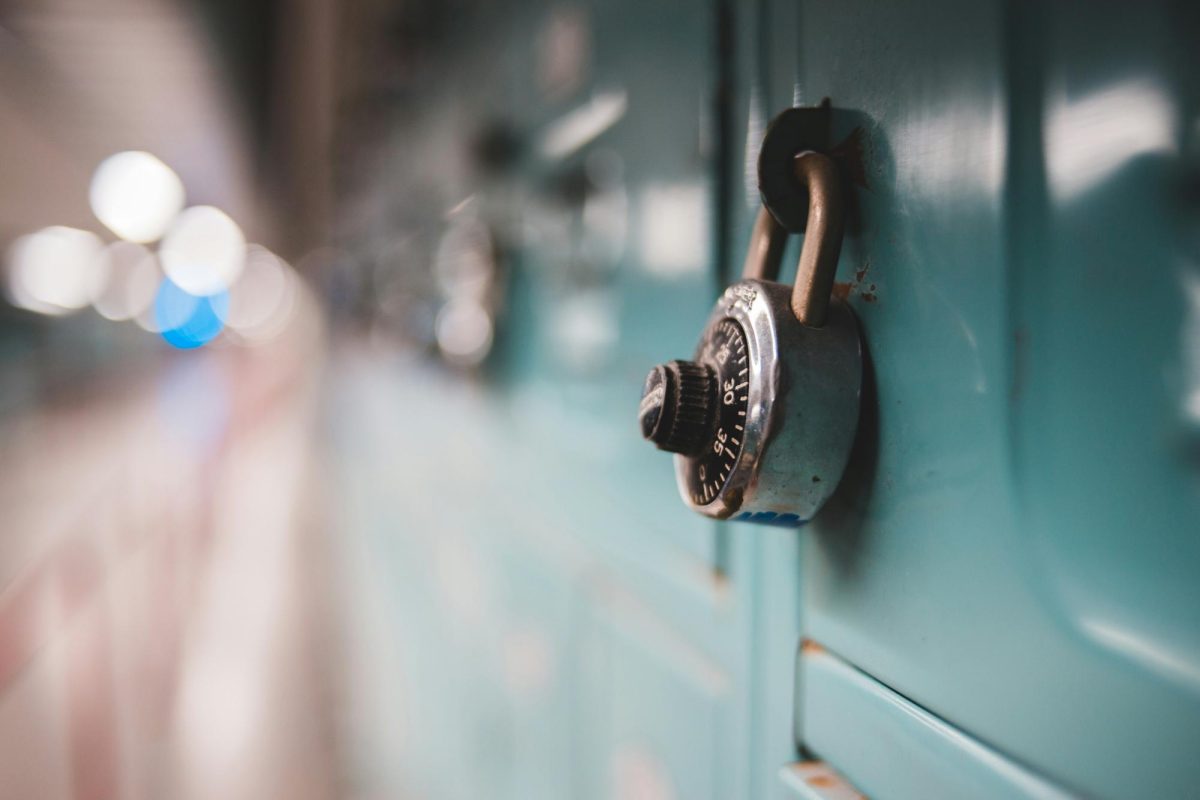
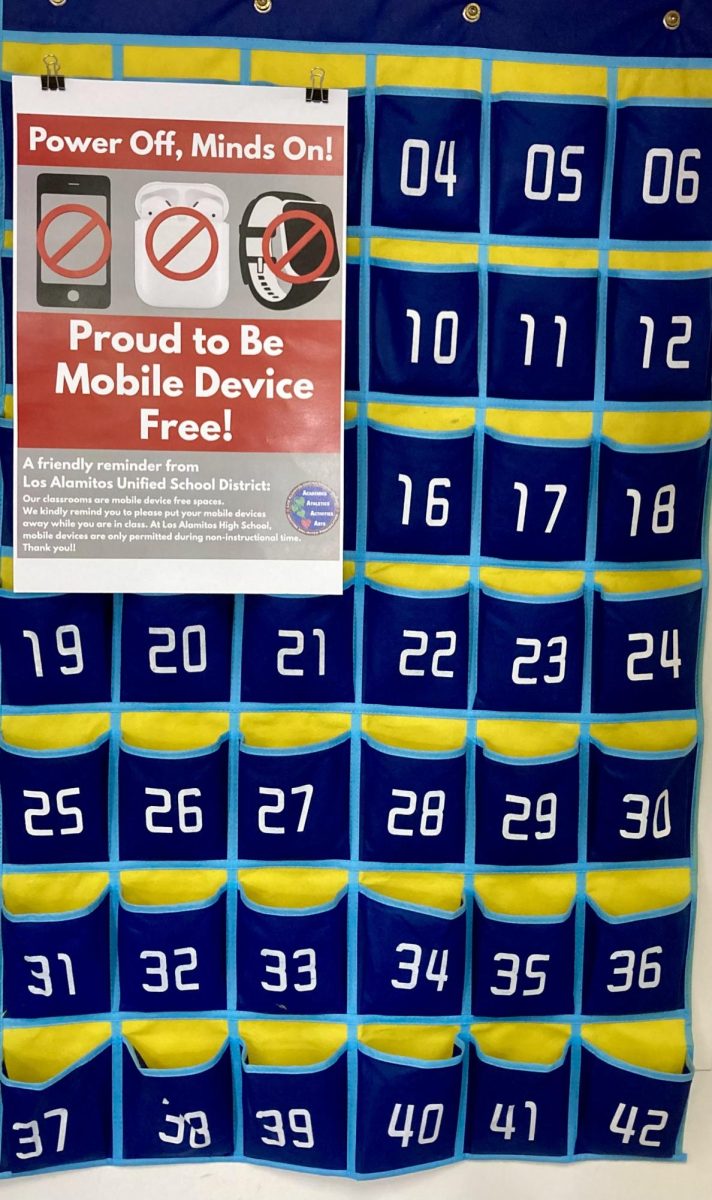
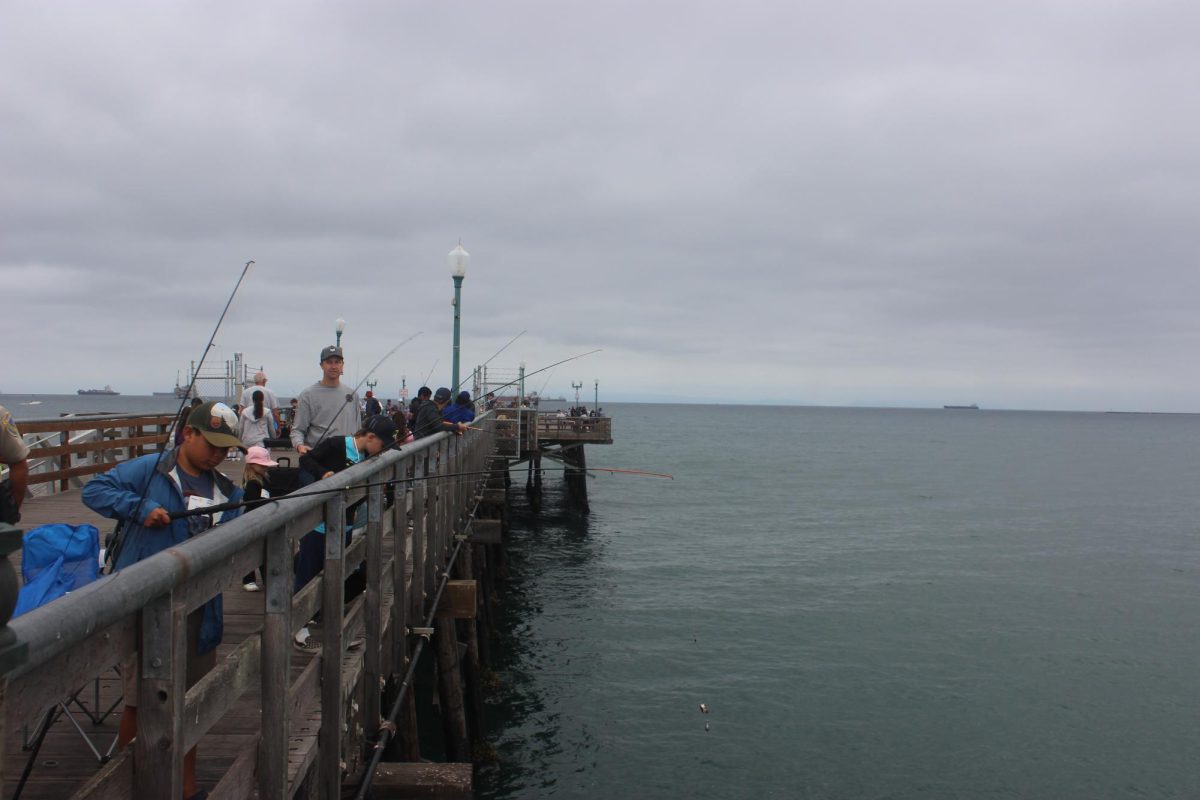
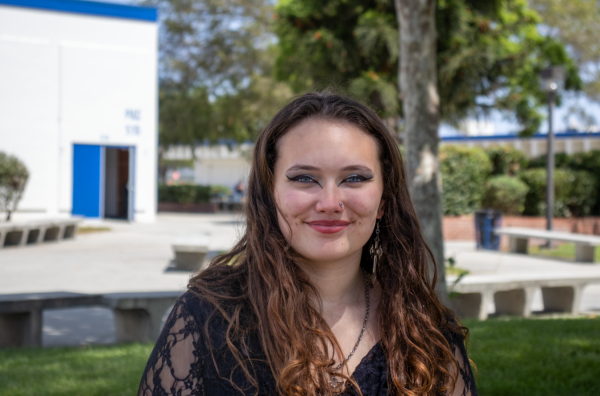
Amelia Gutierrez • Nov 4, 2024 at 12:34 pm
I like the specific details as well as the amount of quality sources in this article!
Nancy • Oct 30, 2024 at 8:01 am
This is a researched and detailed article about the effects of single-use plastics and plastic bags. The California ban is an excellent step that I hope other states follow. Ty for the informative article.
Aiden Floyd • Oct 25, 2024 at 2:47 pm
you can tell how much work went into this article with all the interviews it’s so well done!
Bella Kim • Oct 25, 2024 at 2:07 pm
All the interviews, research and time you put into this article really paid off, Maleah! Reading it, I can tell your passion for environmental journalism. Congratulations!